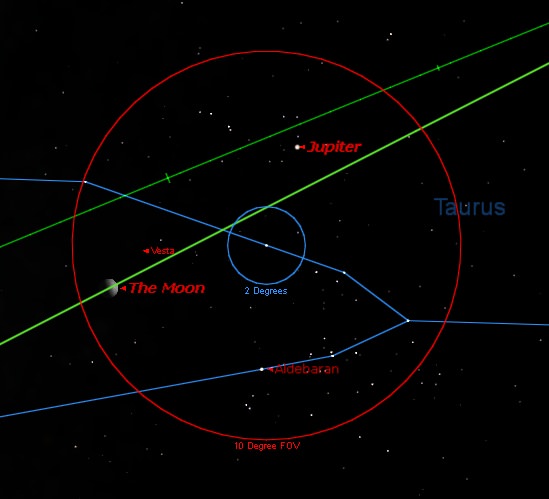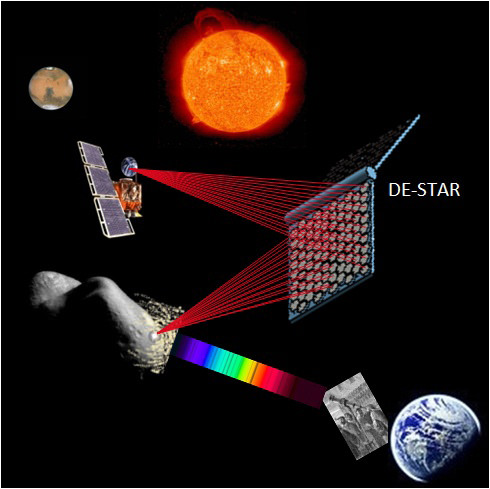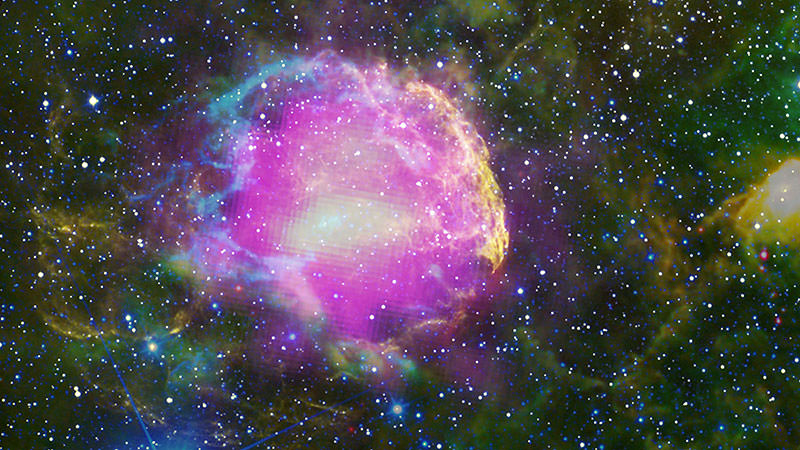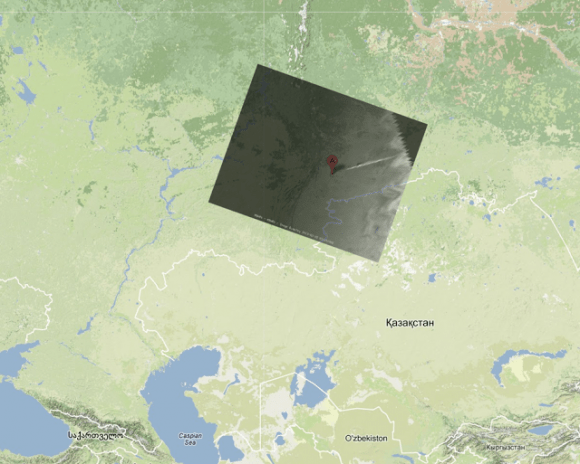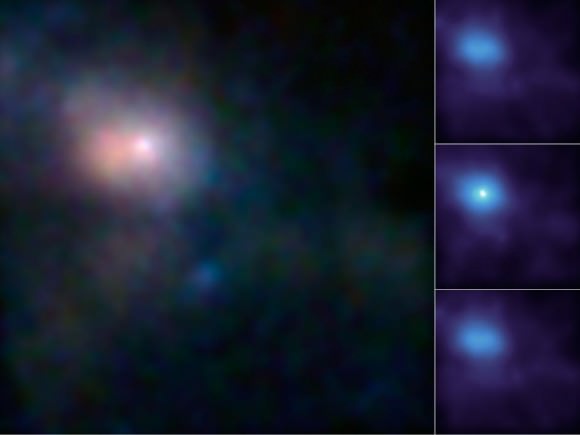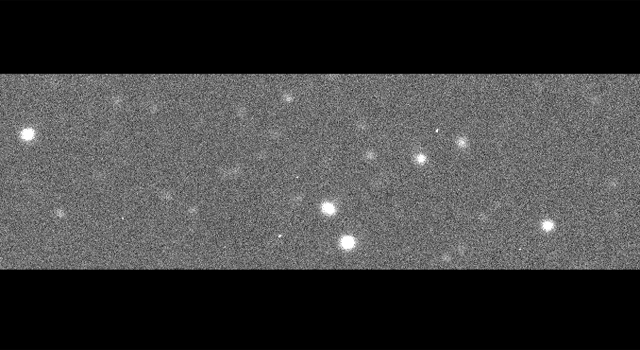A small asteroid entered Earth’s atmosphere early Friday, February 15, 2013 over Chelyabinsk, Russia at about 9:20 am local Russian time. Initial estimates, according to Bill Cooke, lead for the Meteoroid Environments Office at NASA’s Marshall Space Flight Center, is that the asteroid was about 15 meters (50 feet) in diameter, with a weight of 7,000 metric tons. It hit the atmosphere at a shallow angle of about 20 degrees, at a speed of about 65,000 km/h (40,000 mph).
It traveled through the atmosphere for about 30 seconds before breaking apart and producing violent airburst ‘explosion’ about 20-25 km (12-15 miles) above Earth’s surface, producing an energy shockwave equivalent to a 300 kilotons explosion. That energy propagated down through the atmosphere, stuck the city below – the Chelyabinsk region has a population of about 1 million — and windows were broken, walls collapsed and there were other reports of minor damage throughout the city.
The official impact time was 7:20:26 p.m. PST, or 10:20:26 p.m. EST on Feb. 14 (3:20:26 UTC on Feb. 15).
Cooke said that at this time, the known damage is not due to fragments of the bolide striking the ground but only from the airburst. “There are undoubtedly fragments on the ground, but at the current time no pieces have been recovered that we can verify with any certainty,” Cooke said during a media teleconference today.
He added that the space rock appears to be “an asteroid in nature,” – likely a rocky asteroid since it broke apart in the atmosphere. It wasn’t detected by telescopes searching for asteroids because of its small size, but also because “it came out of the daylight side of our planet – was in the daylight sky and as a result was not detected by any earth based telescopes. #RussianMeteor was not detected from Earth because it came from the daylight side (i.e the Sun-facing side of Earth).
The meteor left a trail in the sky about 480 km (300 miles) long.
Cooke, along with Paul Chodas, a research scientist in the Near Earth Object Program Office at NASA’s Jet Propulsion Laboratory said that asteroids this size hit the Earth on average about once every 100 years. “These are rare events, and it was an incredible coincidence that it happened on the same day as the close flyby of Asteroid 2012 DA14,” Chodas said. “The two are not related in any way.”
The Russian meteor is the largest reported since 1908, when a meteor hit Tunguska, Siberia. Oddly enough, the Tunguska event was caused by an object about the size of 2012 DA14, the asteroid that flew by Earth today harmlessly. The meteor, which was about one-third the diameter of asteroid 2012 DA14, became brighter than the Sun, as seen in some of the videos here. Its trail was visible for about 30 seconds, so it was a grazing impact through the atmosphere.
There were certainly pieces that hit the ground, according to Jon M. Friedrich from Fordham University. “For something that created a bolide and sonic detonation of the size seen in Russia, it seems likely that fragments reached the earth,”Friedrich said in an email to Universe Today. “In fact, there are reports of a crater in a frozen lake and other locations that were in the path of the meteor. The resulting fragments are not likely large – I’d expect some of the absolute largest to be football to basketball sized, with many fragments being smaller, like marbles.”
Chodas said that defending the Earth against tiny asteroids like this is challenging issue, “something that is not currently our goal,” he said. “NASA’s goal it to find the larger asteroids. Even 2012 DA14 is on the smaller size. The tiny asteroid that hit over Russia is very difficult to detect, an in order to defend the Earth, the problem and issue there is to find these things early enough to do something about it if we wanted to divert it. While smaller asteroids are easier to divert, they are much more difficult to detect.”
“What an amazing day for near Earth objects,” Chodas said, “with two events happening on the same day.”
The lead animation courtesy of Analytical Graphics, Inc.





